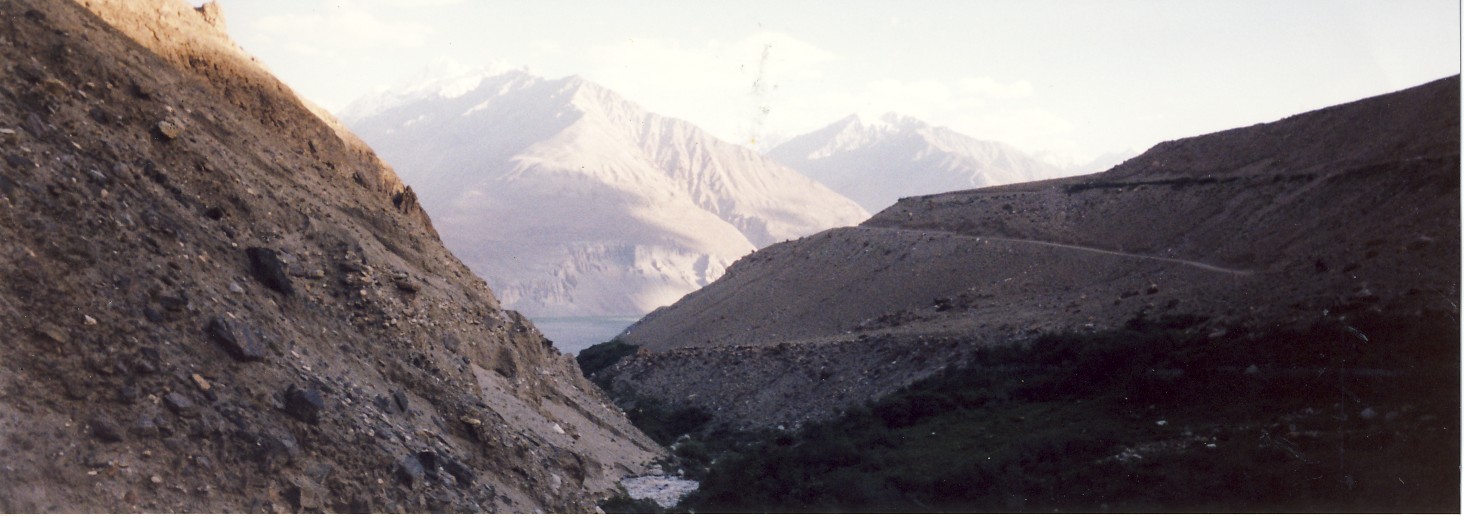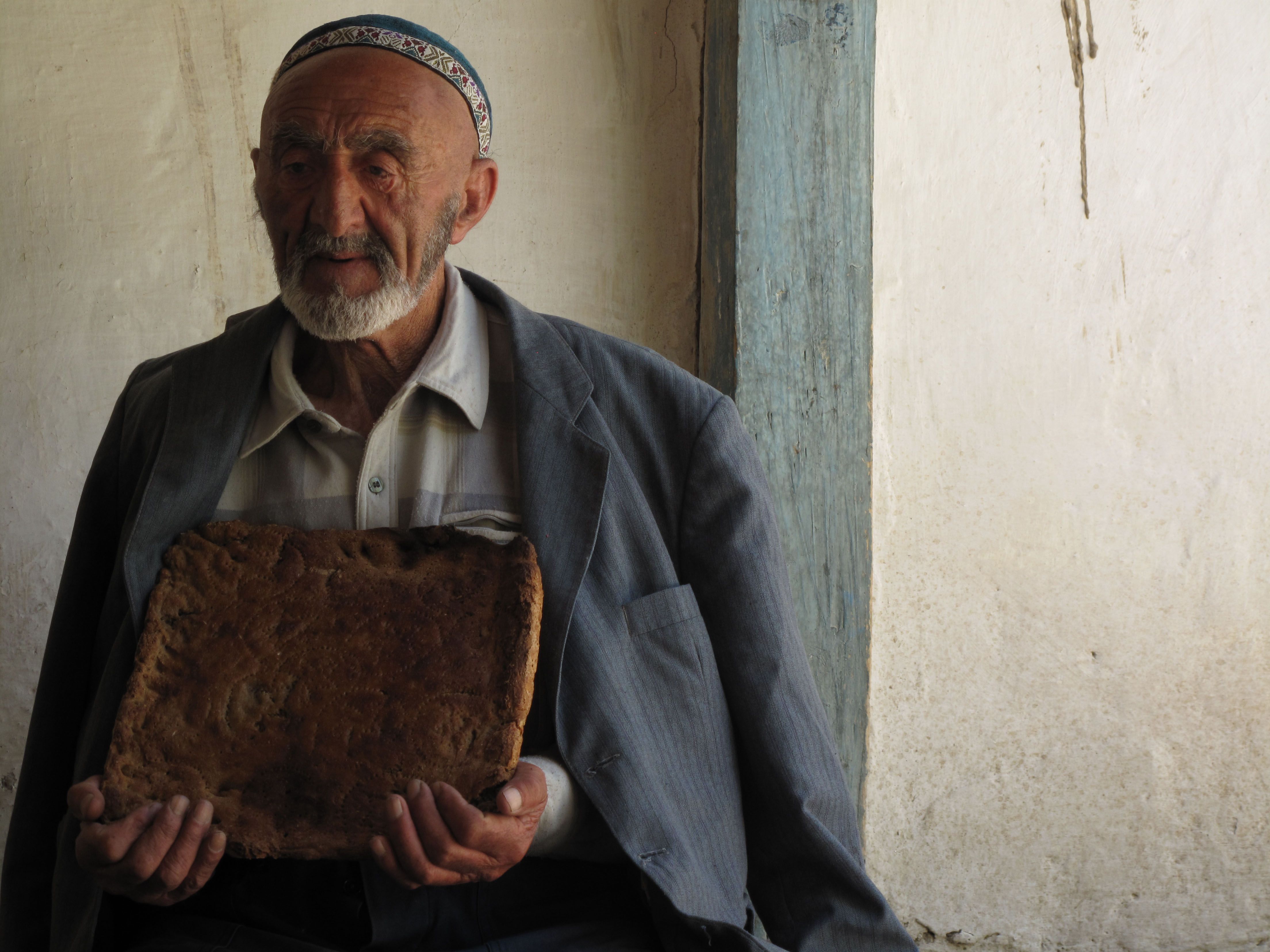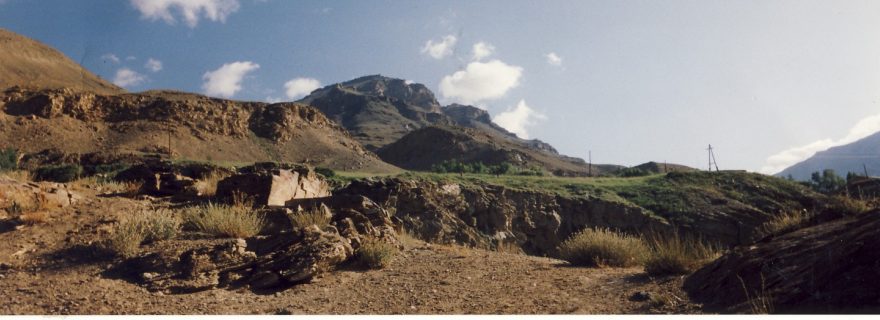With Our Own Hands: A Revolutionary Cookbook from the Pamir Mountains
That food culture can provide a kaleidoscopical insight into a little-studied part of the Muslim world is demonstrated by an exceptional cookbook with culinary stories originating from the Pamir Mountains.
Its title, With our own hands, published in 2015, reveals not just the manual labour and hardships of those who provided its recipes, but also the dedication and the perseverance of the two biologists who authored this book, Frederik van Oudenhoven and Jamila Haider.

The story of the book is like an adventure novel: two young researchers are on fieldwork in the remote Pamir Mountains and meet with an old lady. This lady shares with them an ancient and almost forgotten recipe that she still remembers and wants to safeguard for her children and grandchildren.
The biologists recognise its importance as a testimonial of the highly endangered biodiversity of the Pamir Mountains. They start a project that would culminate, after five years, in a prize-winning book that contains more than hundred fascinating and mind-boggling recipes, accompanied by detailed reports on the unique culture of the Pamirs, a preface by the Prince of Wales, stunning photographs and a marvellous map.
The authors, idealistically, decide that their book should not just be a report on what may be thought of in their Western home countries as an exotic place with an exotic people, very much representing the  proverbial ‘Other’. They want their book to be a report that would be available and fully accessible to the ‘owners’ of the recipes and the traditions that surround and contextualise the recipes. They wish to provide their informants with a detailed written report of their own – so far orally transmitted – cultural heritage.
proverbial ‘Other’. They want their book to be a report that would be available and fully accessible to the ‘owners’ of the recipes and the traditions that surround and contextualise the recipes. They wish to provide their informants with a detailed written report of their own – so far orally transmitted – cultural heritage.
That is why the book has three scripts and three languages: English for the ‘outside’ world, Tajik and Dari as the official languages of the states in which the Pamir Mountains are situated: Tajikistan and Afghanistan. In a way, these languages are also ‘outside’ languages, since the majority of the inhabitants of the Pamir Mountains speak other languages that are not written, and have neither script nor official status.
As is in many ways reflected in With our own hands, it is religion, more than language, that sets the people of the Pamirs apart. The great majority of the Pamiris are adherents of Ismailism, one of the three main branches of Shi’a Islam today – but in absolute numbers still a very small group. Unlike Sunnites and other Shiite groups, they have an all-encompassing religious authority to guide them, one who is alive and present in this world: their 49th Imam Shah Karim al-Husayni, best known as Agha Khan IV, whose followers are dispersed all over the world.
and present in this world: their 49th Imam Shah Karim al-Husayni, best known as Agha Khan IV, whose followers are dispersed all over the world.
Ismailis throughout history have always been a minority, at times severely persecuted, which may explain their presence in rather remote areas such as the Pamir Mountains. The Ismailis of the Pamir Mountains are surrounded by the great Sunnite majority of Central Asia and Afghanistan, who have not always looked upon them with a friendly eye, as for example the Pamiris of Tajikistan have found out to their detriment only quite recently during the Civil War in Tajikistan (1992-1997).
I worked in the Pamir Mountains in this period, a time of violence and hardship for the Pamiris. It was in this period that many Pamiris began to feel stronger about their identity, and to reconfirm this in a variety of cultural expressions, often directly related to religion.
Food also played an important role in this: it was terribly scarce during the Civil War, and often the only ‘food’ available was shirchoy, the salted milk tea of the Pamir Mountains, which suddenly seemed loaded with a heavy symbolical value, as an identity marker of a persecuted religious minority. The old lady’s wish to record the food culture of the Pamirs can perhaps also be explained in this light.
That this venture would result in a bestselling work, that won the Gourmand Cookbook of the Year Award 2016, and was praised as a ‘revolutionary cookbook’ was beyond the expectations of all who were involved.
On Tuesday 11 April, Frederik van Oudenhoven will be a guest of the Leiden Central Asia Initiative to present the film screening of the documentary Wisdom of the Mountains (2017, view the trailer). In this documentary, he and Jamila Haider travel back to the Pamirs, this time with a load of books: wisdom brought back to its origin. Here this remarkable story finds a temporary and touching ending.
***
Thursday 11 April | 17.15-18.30 hours
Frederik van Oudenhoven presents Wisdom of the Mountains: the Pamir People of Tajikistan and Afghanistan. Location: Leiden University, Lipsius Building, room 147.
All are welcome and drinks are served afterwards!




2 Comments
just one Word: stunning!
Bedankt Gabrielle. Interesting to know about the book and pity I missed the screening of the film. I am also curious about your story and activities in Pamir which you briefly wrote about. Pamir mountain is still one of the most hardly discovered and documented places in Asia and an interesting field for learning and observation.